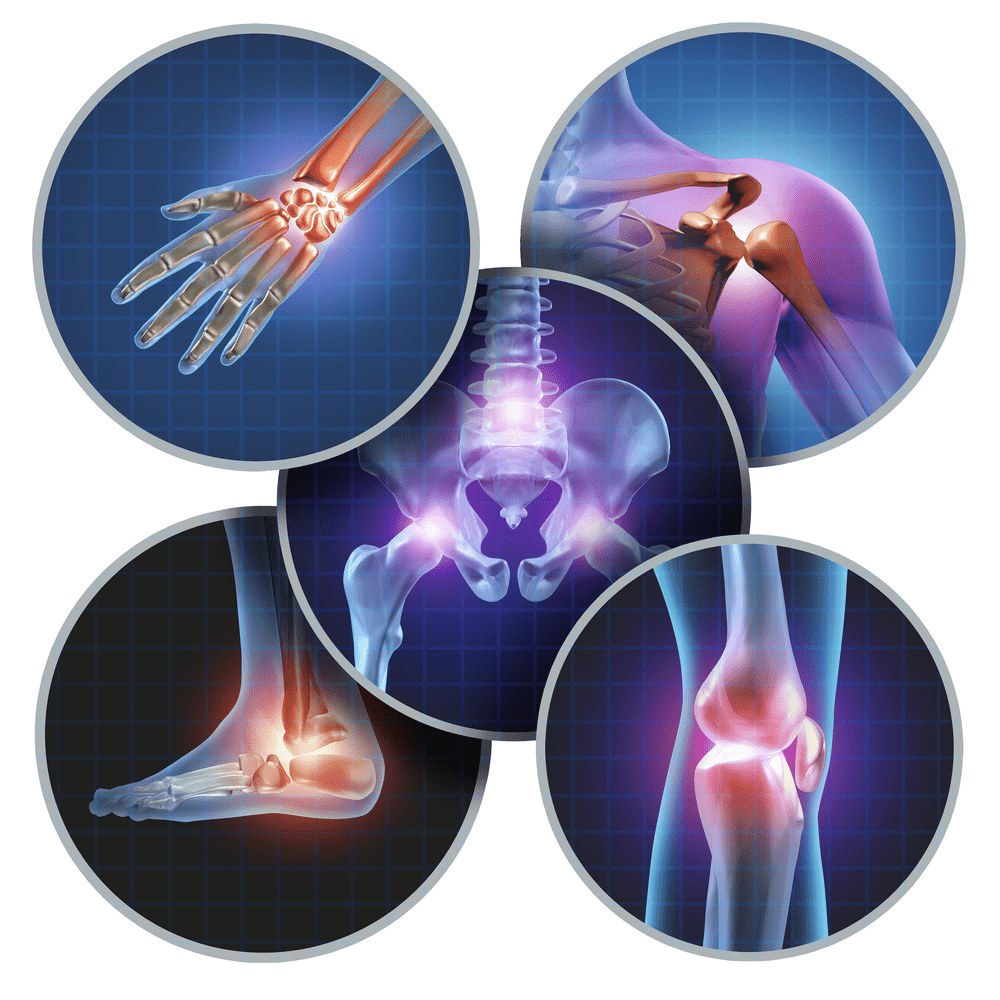The effective management of osteoarthritis involves a combination of lifestyle modifications and medical treatment. In severe cases, surgery may also provide a suitable solution.

Image Credit: Lightspring / Shutterstock.com
Lifestyle modification
Lifestyle choices are important to consider when managing osteoarthritic symptoms, particularly as small changes can make a notable difference to the severity of symptoms.
Excess weight is known to aggravate symptoms and obesity is a widely accepted cause of this condition. This is primarily due to the additional pressure that is put on the joints from the extra weight.
As a result, taking measures to lose weight should be included in the management plan of every overweight or obese individual that suffers from osteoarthritis. It has been shown to decrease pain, reduce stiffness and improve joint function, which ultimately leads to a reduced need for pharmaceutical management.
Moderate exercise should also be done at least three times per week for those with affected knee and hip joints. This has been found to benefit these individuals in respect to both pain and function.
Physical therapy
Treating the symptoms of osteoarthritis with physical and massage therapies may provide relief in osteoarthritis symptoms, although the overall effectiveness of these treatments has not been fully elucidated.
Functional, gait, and balance training are recommended to help improve position sense, balance, and strengths. This is particularly useful for individuals who have lower extremity arthritis, which can lead to a higher risk of falls in the elderly and resulting fractures.
Knee braces may provide a benefit to users in helping to maintain control and reduce pain. Lateral wedge insoles, however, have not been shown to offer a useful benefit for osteoarthritis.
To help in the relief of stiffness, heat management may prove to offer a benefit, and cold therapy may help to manage muscle spasms and pain.
Understanding Treatment Options for Osteoarthritis (OA) | Johns Hopkins Rheumatology
Oral medications
In general, simple analgesics are the first-line choice for the management of pain associated with osteoarthritis.
Paracetamol is associated with fewer side effects, making it the preferred treatment for mild to moderate osteoarthritis pain. Moreover, this medication often provides a suitable form of pain relief and has a good safety profile with long-term use.
Non-steroidal anti-inflammatory drugs (NSAIDs) such as ibuprofen, aspirin and naproxen may also aid in the pain relief of osteoarthritis, particularly for more severe pain. When NSAIDs are used for extended periods of time, however, they are associated with a higher risk of gastrointestinal complications such as ulcers and pose a cardiovascular risk for both stroke and heart attack. As a result, NSAIDs should be used appropriately and, where possible, steps should be made to manage this risk.
Taking an antacid with an NSAID has been shown to help reduce the risk of gastrointestinal ulceration. Overall, it is important that patients are aware of the signs of possible complications, such as abdominal pain and black stools. In the event that complications occur, the affected individual will then be more equipped to seek immediate medical attention.
COX-2 selective inhibitors such as celecoxib are another class of NSAIDs that are associated with a lower risk of gastrointestinal effects but carry an increased myocardial infarction risk. As a result, these drugs may be a good option for individuals that are particularly susceptible to gastrointestinal effects.
As a second-line option, oral opioids may offer a solution. The appropriateness of this treatment is not clear and it is only recommended when first-line treatments are not suitable for the individual. Opioids have only been shown to offer a small benefit but are associated with comparably more severe side effects.
Other medications
NSAIDs such as diclofenac can also be formulated into a topical gel to be applied directly to the affected area. This offers the benefit of reduced risk of gastrointestinal effects; however, there is a chance that these topicals may produce a mild skin reaction in some individuals.
Transdermal opioid pain and topical capsaicin medical options available, although the efficacy of these is controversial.
Hydrocortisone injections are able to provide short-term pain relief that may last anywhere between a few weeks and a few months. Platelet-rich plasma injections may also improve osteoarthritis symptoms, as they have been found to improve joint function. Despite these benefits, this type of plasma treatment has no effect on pain and is also associated with significant risks.
Hyaluronic acid injections are not recommended, as they do not offer substantial improvement but are associated with harmful effects.
Alternative medicine
The available evidence for dietary supplements and natural treatments is limited and, as a result, the recommendations for their use are often unclear.
Glucosamine is thought to offer a benefit based on the role it plays in joint cartilage. Although it appears to be safe, its efficacy is controversial and recent trials have not found it to be significantly more beneficial as compared to the placebo.
It is possible that glucosamine sulfate is more efficacious than glucosamine hydrochloride, although both offer modest benefits. According to the Osteoarthritis Research Society International, glucosamine should be ceased if no effect is observed after six months.

Image Credit: Sebastian Duda / Shutterstock.com
Some other alternative medications that may prove useful include:
- Phytodolor
- SAMe
- SKI 306X (Chinese herbal medicine)
- Cat’s claw
- Avocado and Soybean
- Boswellia serrate
The following may also be beneficial, but are supported by less evidence:
- Ayurvedic herbal preparations (Articulin F and Eazmov)
- Collagen
- Devil’s claw
- Duhuo Jisheng Wan (Chinese herbal medicine)
- Fish liver oil
- Ginger
- Gitadyl
- Omega-3 Fatty acids
- Reumalax
- Stinging nettle
- Turmeric
- Vitamins A, C, and E
- Vitamin K
- Willow bark
Acupuncture has been associated with a modest relief of pain, although the significance of this is uncertain, as the long-term benefits are small.
Electrostimulation techniques like transcutaneous electrical nerve stimulation (TENS) have been used historically, despite a lack of evidence to demonstrate its efficacy.
Surgery
For severe cases of osteoarthritis, surgery may provide an alternative solution. Joint arthroplasty surgery or resurfacing can help and joint replacement of knees and hips can also be clinically effective. In the long-term, these surgical options appear to offer a cost-effective solution to osteoarthritis symptoms.
Osteotomy may help people who suffer from knee osteoarthritis, although evidence is limited. Arthroscopic surgery, on the other hand, is not associated with improved outcomes.
Further Reading